GHTM’s pesky critters allured a secondary school student for the internship «Insects and other bugs! To know and to preserve in scientific collections!», a joint project between GHTM and «Ciência Viva – National Agency for Scientific and Technological Culture».
Pedro Ferreira, a 16-year-old student, that had just finished his 11th year of schooling, decided to spend a week of his holidays uncovering GHTM’s most devious creatures. Thus, on the 19th of July, the unusually curious, but courageous young man came to this internship, let’s call it «GHTM for Teens – Bugs», to boldly face mankind’s biggest killers, among others, for 5 days, instead of going to the beach! Surely, not for many, even less for the fainthearted!
Throughout the placement «GHTM for Teens – Bugs», the interim young «bugologist» [ He studied bugs, right?… ] had the opportunity to work on some of IHMT’s scientific collections of medical importance, participating hands-on in the improvement and management routine activities of the following assortments: the biobank (biological samples’ storage facility); the entomological (insects) and malacological (snails) collections.
He was supervised by the placement coordinator Filipe Lopes, PhD, GHTM’s assistant researcher; Prof. Teresa Novo, PhD, carer of the «Henrique Ribeiro & Helena Ramos’ Insect Collection»; and Ana Tavares, PhD, technical coordinator of GHTM’s Biobank.
Like a skilled scientist, Pedro, the «bugologist», experienced the various stages of a collection’s pipeline, starting with catching some live specimens in IHMT’s wild forests [ To write «in the building’s back greenery», wouldn’t be particularly exciting… ], he had to prepare and preserve them, follow through with their identification and cataloguing, to finish with their images’ digitisation to the IHMT’s database «Henrique Ribeiro & Helena Ramos’ Insect Collection Catalogue». Such data will be sent, in the near future, to the Portuguese node of the «Global Biodiversity Information Facility» – GBIF is an international network and data infrastructure funded by the world’s governments and aimed at providing anyone, anywhere, open access to data about all types of life on Earth. This shows that Pedro’s work, during the internship, will have consequences for science at large! Not bad for a teenager!
Let’s dive into the placement’s specifics:
- Visit to GHTM’s Insectarium and to «Henrique Ribeiro & Helena Ramos’ Insect Collection»;
- Installation of «Biogents» insects’ traps, models «BG-Sentinel» and «Centers for Disease Control and Prevention» (BG, CDC-style), to collect and sample live mosquitoes;
- Gathering of the insect specimens captured alive;
- Maintenance of live mosquitoes in colonies;
- Definitive preparation of insects’ exemplars for preservation in a biological collection;
- Cataloguing the data associated with the news specimens;
- Digitisation of specimens through conventional photography with macro lenses and photomicrography using a digital camera on a stereomicroscope;
- Visit to GHTM’s Biobank and assistance in organising its mosquito collections;
- Introduction to the fundamentals of insect taxonomic identification;
- Practicing insects’ identification using a cladogram.
Since this internship was happening during the same week as the «GHTM for Teens – Biobanks», several activities were shared among both, maximising the resources’ use and the academics’ availability, besides giving Pedro some opportunities to work in a group, since he was alone and the other placement had two girls.
Pedro, after a week-long placement immersed in a bugs’ world, in which he learned the basics of preparing and maintaining insect collections through a series of activities, had the realisation that:
- Invertebrate assortments are fundamental infrastructures to support scientific research;
- Their creation and maintenance involve the implementation of methodologies and best operating and management practices;
- To organise and systematise collections and associated data is a fundamental step of such process;
- The knowledge those facilities provide is of utmost importance for public health policies.
Hopefully, this week has prompted the daring «bugologist» to pursue a scientific career, the «GHTM for Teens – Bugs» project’s ultimate goal.
Bugs’ collection
Preparing the insects’ traps: «BG-Sentinel» on the ground and «BG, CDC-style» top part hanged
Dr. Filipe Lopes collecting the «BG, CDC-style» insects’ trap with a few little creatures inside.
Pedro and Dr. Ana Tavares uploading data to the «Henrique Ribeiro & Helena Ramos’ Insect Collection Catalogue»
Pedro prepared a specimen of?… How about an identification game? Introducing: «Guess the bug!»
Did you find the answer?
Let’s analyse the creature.
We see an invertebrate animal having an exoskeleton, a segmented body, and paired jointed appendages, hence an arthropod or “jointed feet”, from the Greek arthron (“joint”) and pous (“foot”).
Phylum: Arthropoda
It has a consolidated thorax with three pairs of legs, therefore it is an hexapod or “six feeted”, from the Greek héx (“six”) and pous (“foot”).
Subphylum: Hexapoda
Having a chitinous exoskeleton, a three-part body (head, thorax and abdomen), three pairs of jointed legs, compound eyes and one pair of antennae, it is an insect, from the Latin insectum.
Class: Insecta
The presence of veined wings on the second (meso-) and third (meta-) thoracic segment shows it is a pterygotum, from the Greek pterugōtós (“winged”).
Subclass: Pterygota
Its wings can flex over the abdomen, thus it is a neopterum, from the Greek néos (“new”) and pterón (“wing”).
Infraclass: Neoptera
With a single pair of functional wings (anterior pair), with the posterior pair reduced to small knobbed structures and mouth parts adapted for sucking or lapping or piercing it is a dipteran, from the Greek dís (“twice”, “doubly”) and pterón (“wing”).
Order: Diptera
Being compact and robust with short antennae, with eight or fewer flagellomeres, from the Greek brakhús (“short”) and kéras (“antenna”).
Suborder: Brachycera
Did you get this far?
Well, thenceforth is the real challenge!
You’ll have to come here to observe the real insect, record all the necessary features, check the identification manual with the cladograms, to compare its records with yours, and voilà you’ve found the name!
«Ciência Viva no Laboratório – Ocupação Científica de Jovens nas Férias»
«Ciência Viva in the Laboratory – Scientific Occupation of Young People on School Holidays»
«Ciência Viva no Laboratório – Criar Futuro 2021» / «Ciência Viva in the Laboratory – Creating Future 2021»
is a summer internship program for students from year 9 (Portuguese Basic Education’s last year) to year 12 (Portuguese Secondary Education’s last year). It runs from July to September, and aims to promote the teaching of experimental science and to encourage the attraction of young people to scientific careers.
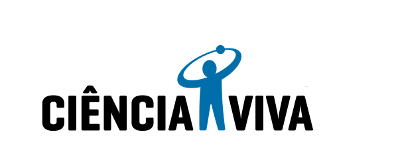 «Ciência Viva» is the branded name of the Portuguese National Agency for Scientific and Technological Culture, meaning «Live Science».
«Ciência Viva» is the branded name of the Portuguese National Agency for Scientific and Technological Culture, meaning «Live Science».
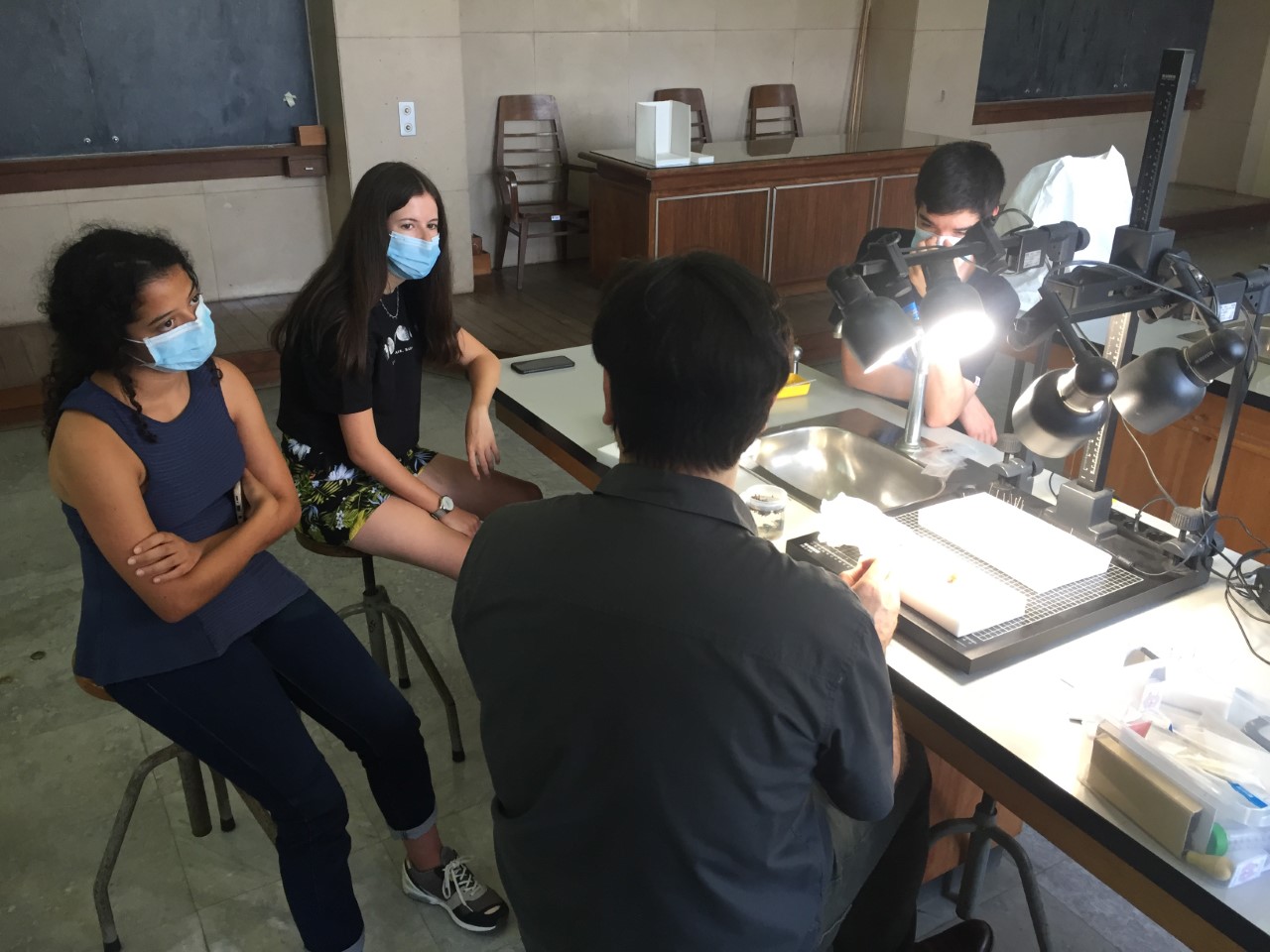
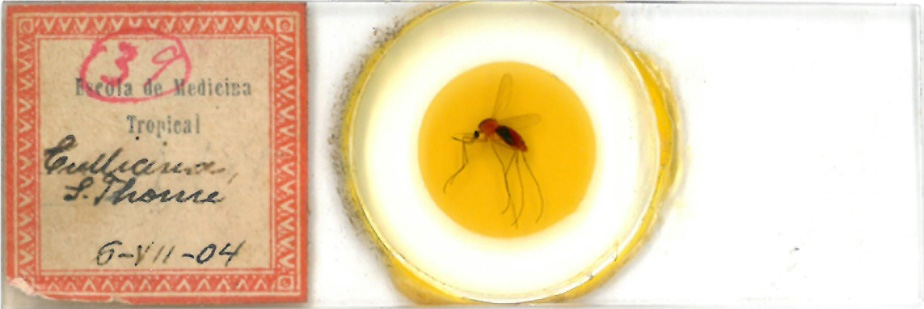
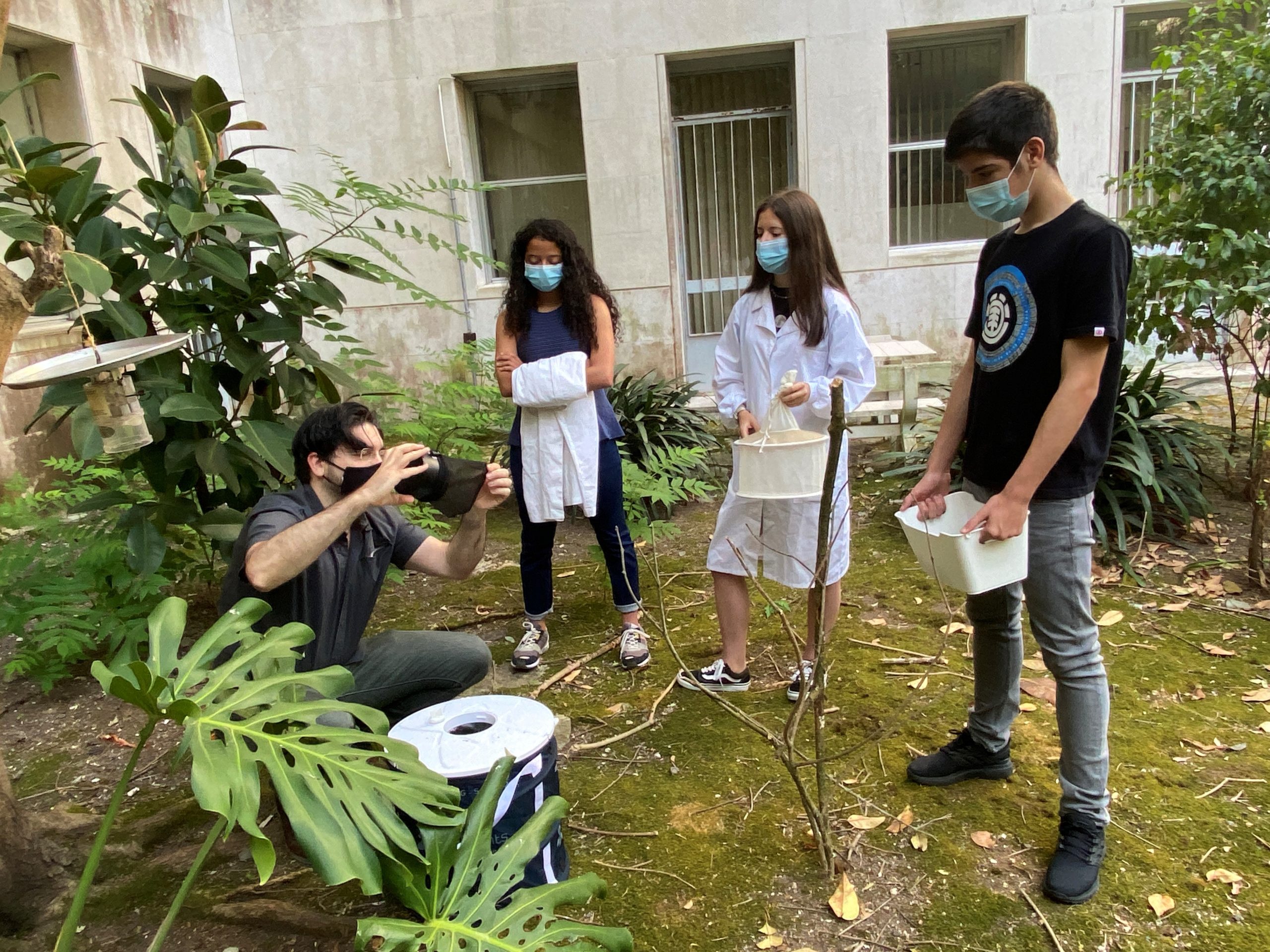
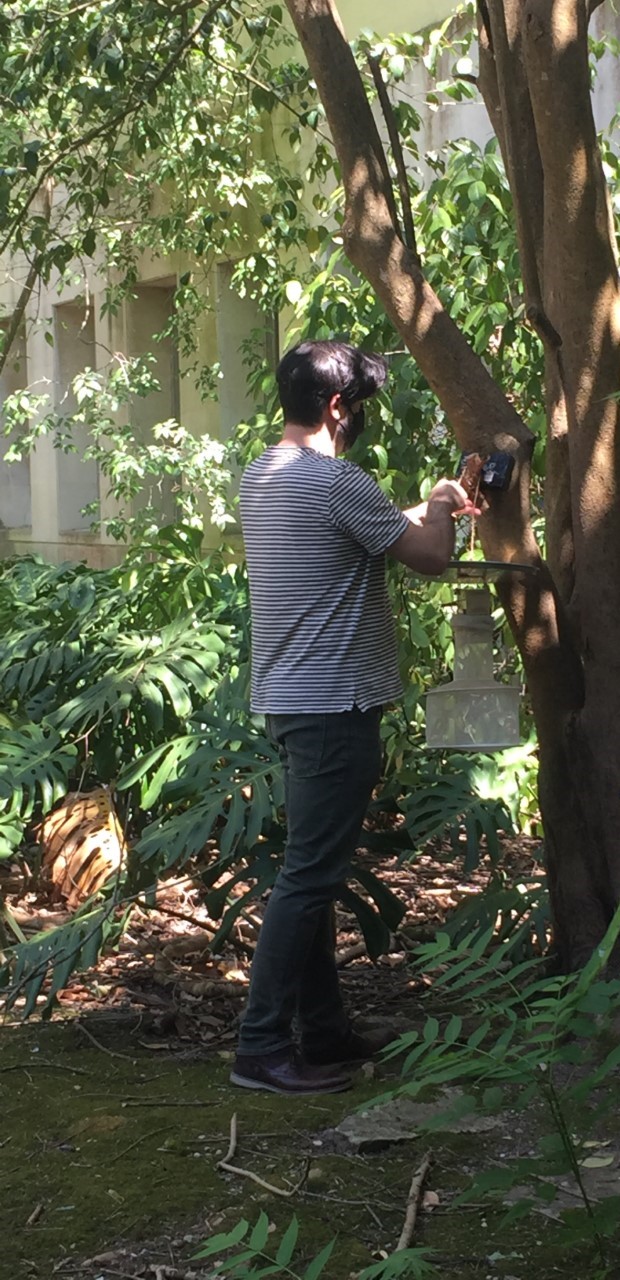
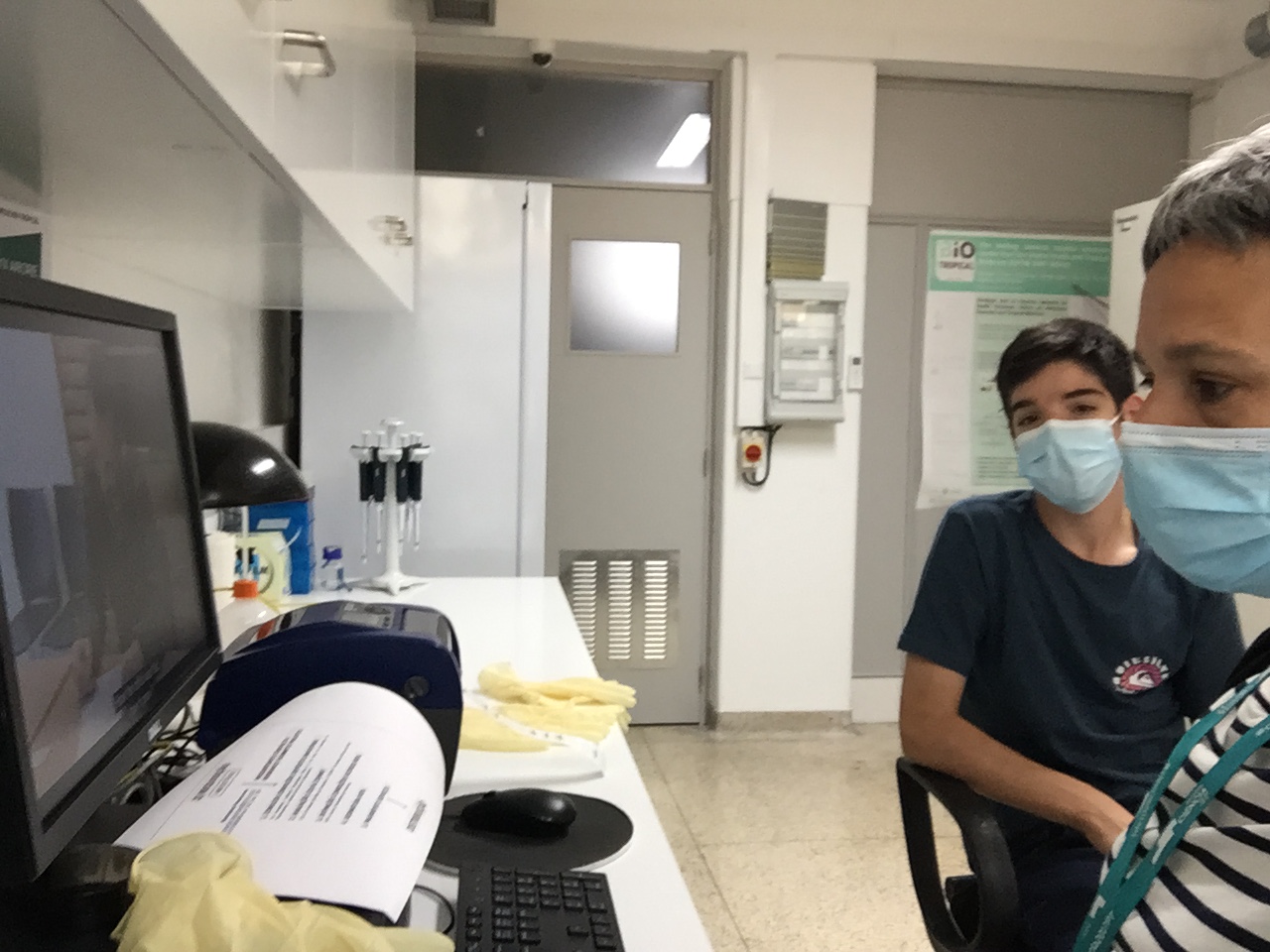
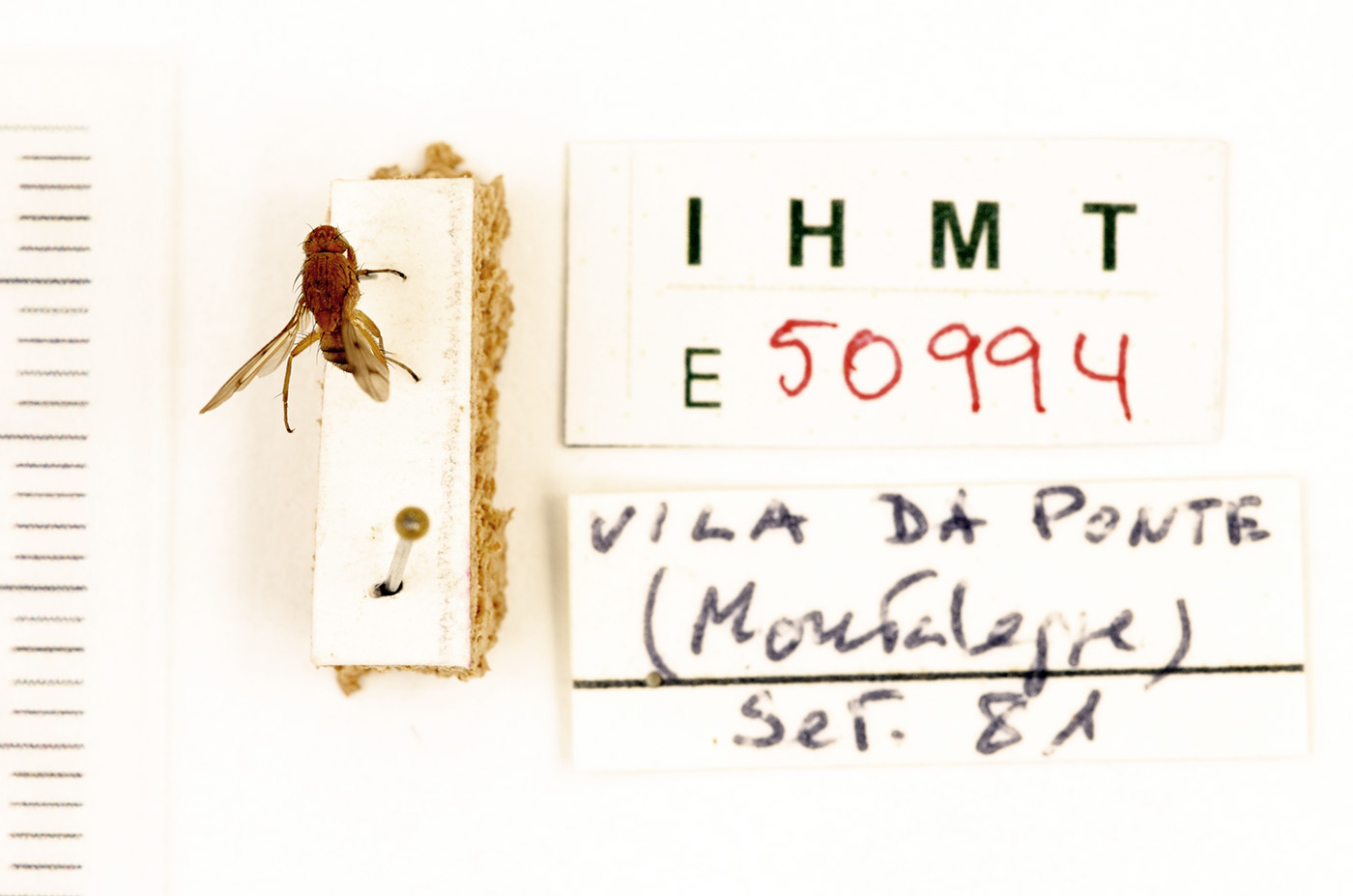
[…] From 19 to 23-07-2021 Insects and other bugs! Knowing and preserving scientific collections! Read the news article! […]